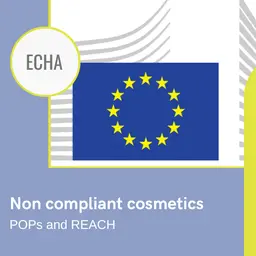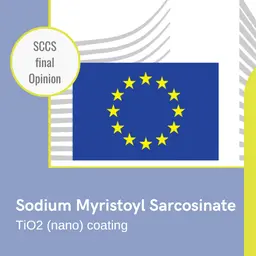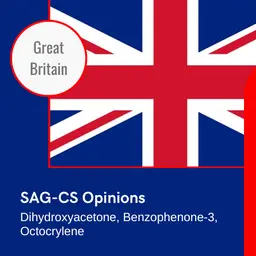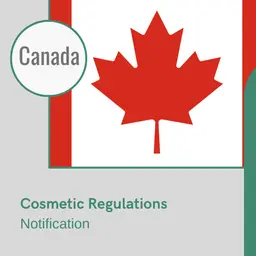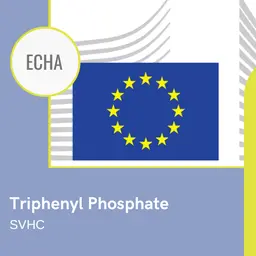
On February 15, the European Parliament approved CETA, the Comprehensive Economic and Trade Agreement between Europe and Canada. Although it still remains for the 38 national and regional Parliaments of the European Union to give it the green light, most of the measures provided for should start being provisionally applied as from April. Here is short reminder of the implications for the cosmetics industry.
CETA is a free trade agreement: as a result, the most significant changes should mainly have to do with customs duties and export conditions.
A rise in exports
According to the French government, ‘this agreement, concluded between two areas where tariff barriers to trade are already low, is meant to have a broader scope than a mere additional decrease of these barriers. To facilitate trade between the Union and Canada, the negotiations aimed, among others, […] to remove many barriers to trade other than tariff ones, make it easier to make cross-investments, benefit from better intellectual property protection, and facilitate access to public markets.
This trade agreement should eventually remove customs duties for almost all goods, which involves a reduction of export costs and better competitiveness of European companies on the Canadian market.
Many regulatory procedures are also simplified, such as goods customs clearance processes, which should enhance the development of SMEs in terms of export: they represent 75% of the 10,000 French companies exporting to Canada.
As a result, French exports to Canada are expected to rise in important sectors of the economy, in particular processed agricultural products, wines and spirits, cosmetics, the pharmaceutical industry, and also textile and clothing. …



